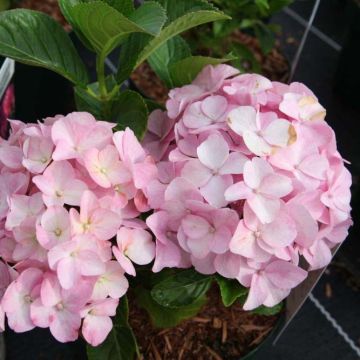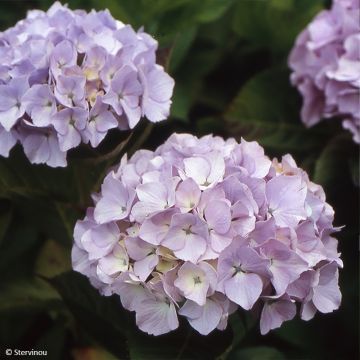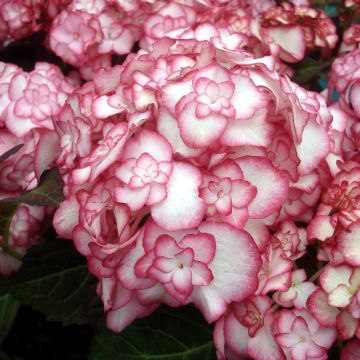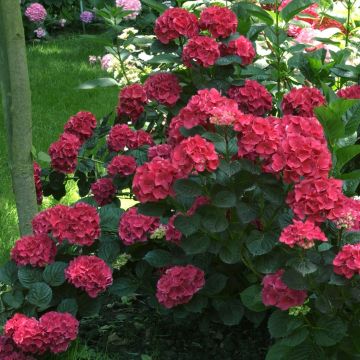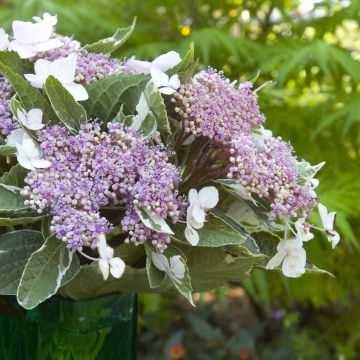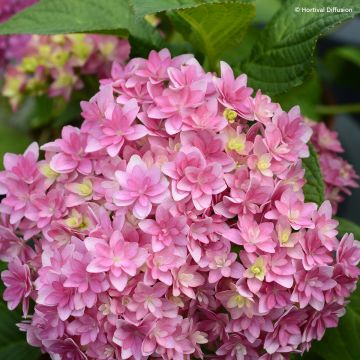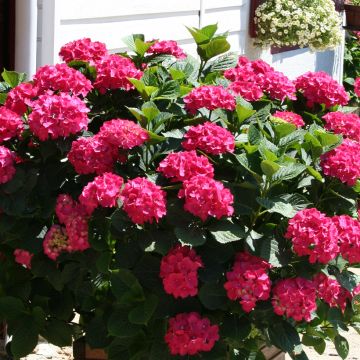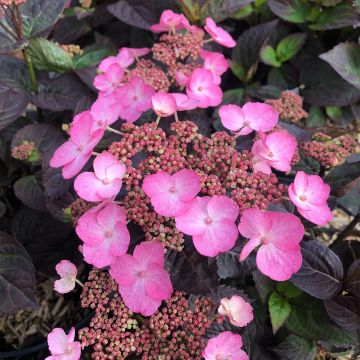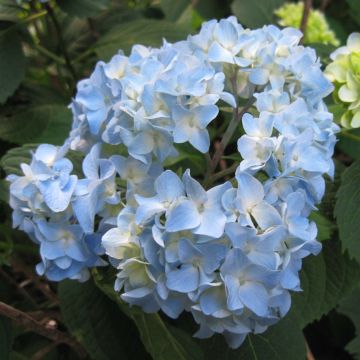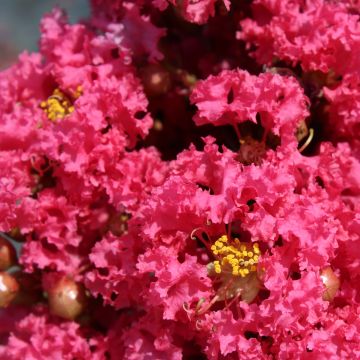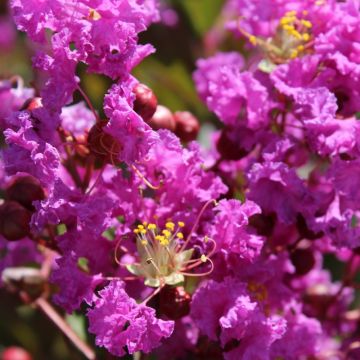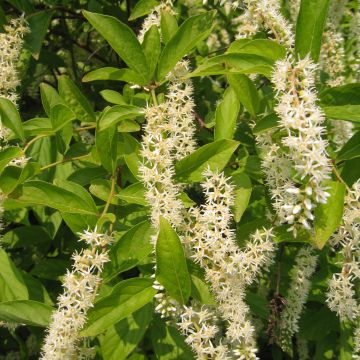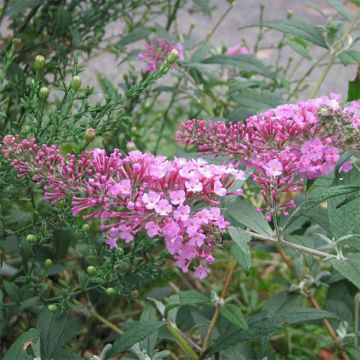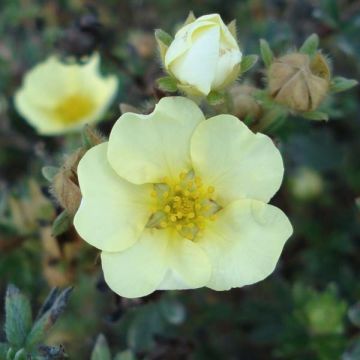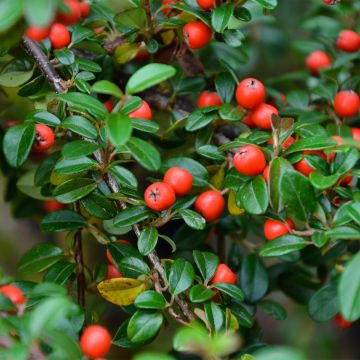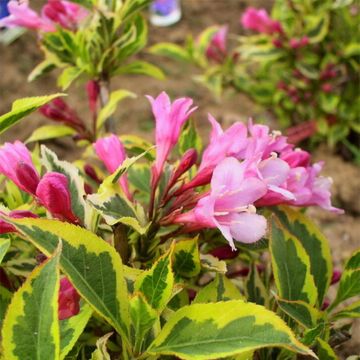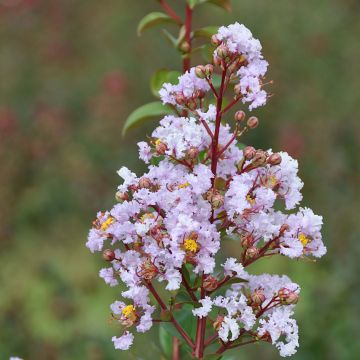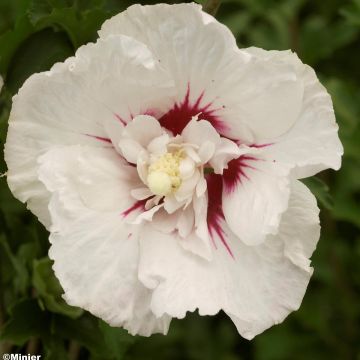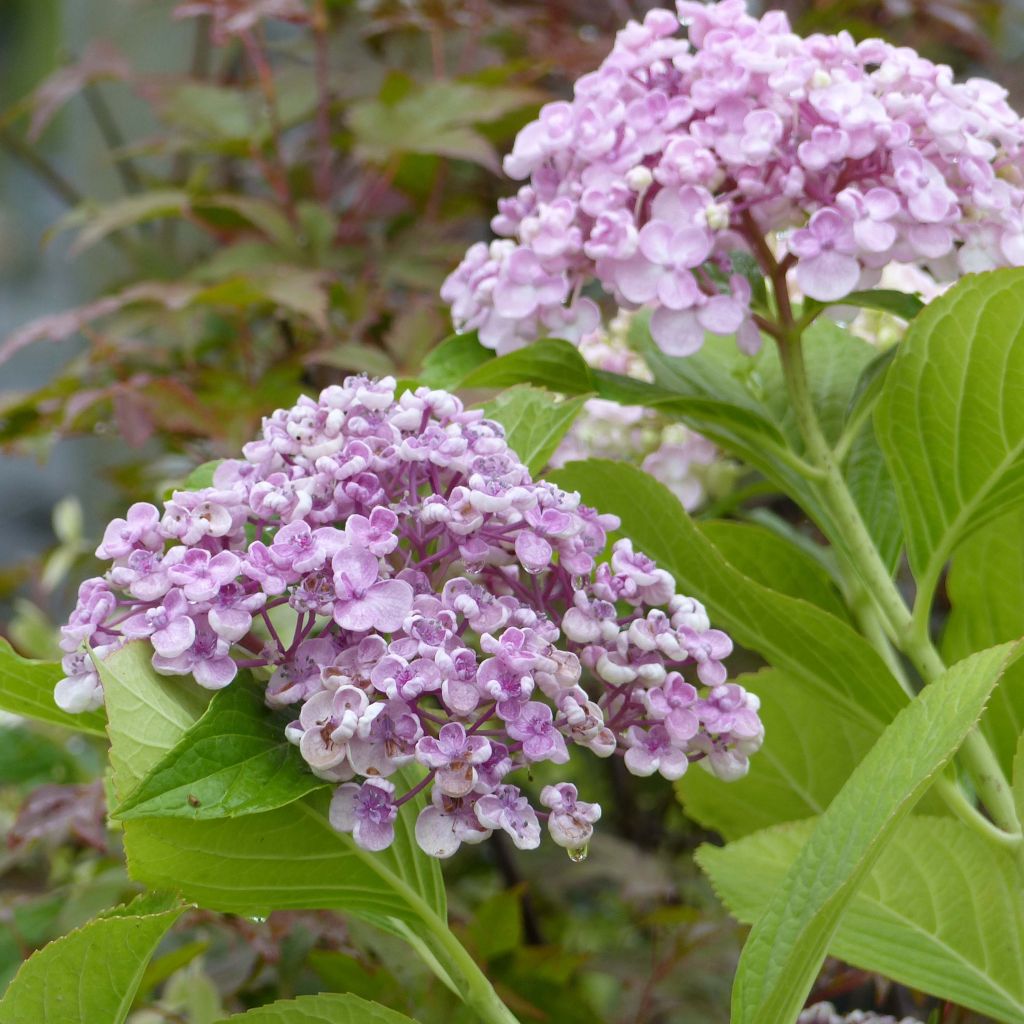

Hydrangea macrophylla Ayesha
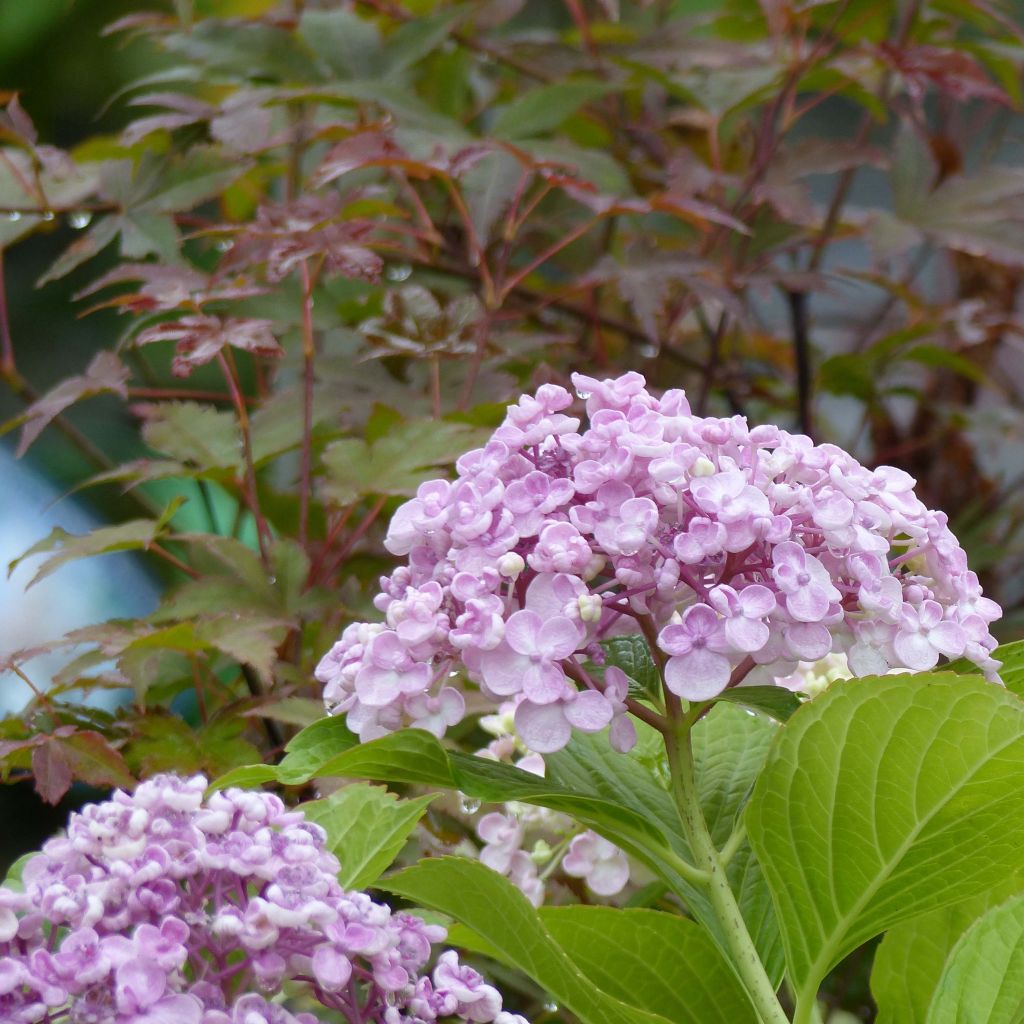

Hydrangea macrophylla Ayesha
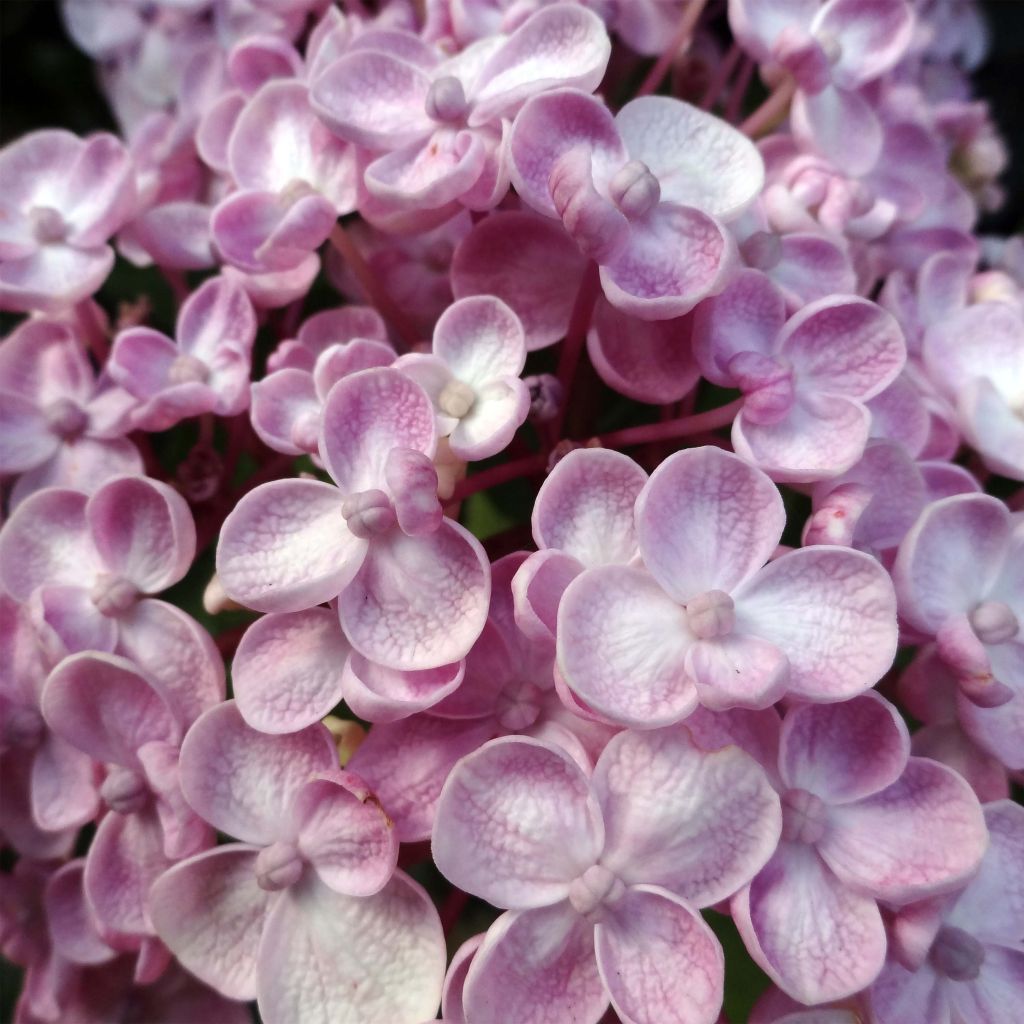

Hydrangea macrophylla Ayesha
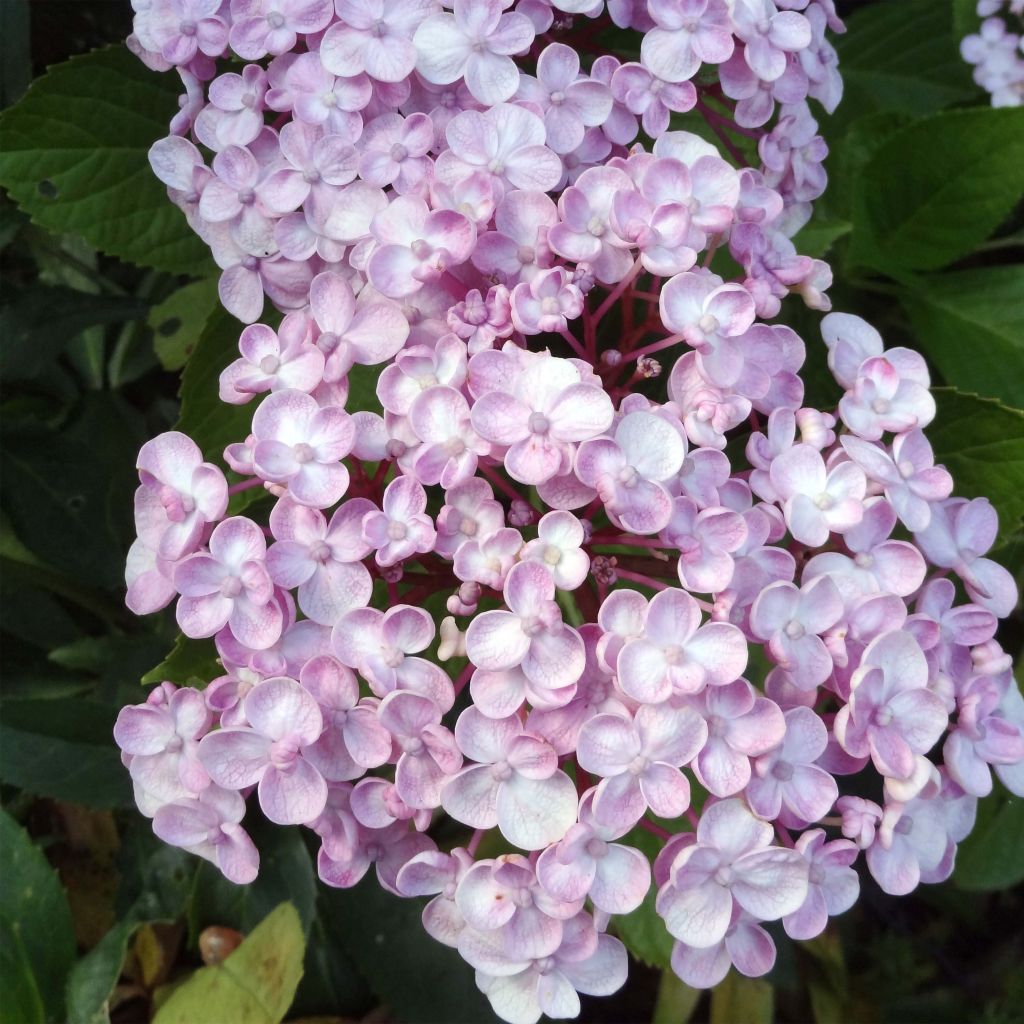

Hydrangea macrophylla Ayesha
Hydrangea macrophylla Ayesha
Hydrangea macrophylla Ayesha
Bigleaf Hydrangea, French Hydrangea, Mophead Hydrangea
Several plants in the same box... and so 2 branches of the hydrangea were broken. You can imagine my disappointment... But it has regained its strength since being planted, so that improves my appreciation.
Nathalie, 30/07/2024
This item cannot be shipped to the selected country
Delivery charge from €5.90
Delivery charge from €5.90
More information
Schedule delivery date,
and select date in basket
This plant carries a 24 months recovery warranty
More information
We guarantee the quality of our plants for a full growing cycle, and will replace at our expense any plant that fails to recover under normal climatic and planting conditions.
From €5.90 for pickup delivery and €6.90 for home delivery
Express home delivery from €8.90.
From €5.90 for pickup delivery and €6.90 for home delivery
Express home delivery from €8.90.

Does this plant fit my garden?
Set up your Plantfit profile →
Description
Hydrangea macrophylla 'Ayesha' is one of the rare hydrangeas whose flowers have petals shaped like a cup or spoon, much like those of lilacs. It is this characteristic that has earned it the nickname of lilac-flowered hydrangea. Depending on the acidity of the soil, its large inflorescences will display a lovely shade of light pink-lilac or soft lavender-blue. The pink flowers turn to old pink in autumn, while the blue ones turn to celadon green, which is absolutely stunning in the garden but also in bouquets. Blooming all summer, this large bush with a flexible habit sometimes reblooms in autumn in mild climates. It brings panache and originality to shady areas of the garden.
Introduced from Japan, 'Ayesha' is probably a spontaneous mutation of the 'Sir Joseph Banks' hydrangea. It is a hybrid obtained through cross-breeding of well-hardy species and varieties belongs to the Hydrangeaceae family, native to China and Japan. This vigorous bush with a flexible and rounded habit, quickly reaches 1.5 m to 2 m (4.9 ft to 6.6 ft) in all directions depending on the climate and growing conditions. Its flowering period extends from July to September. In this variety, the small wax-like flowers are gathered in generous inflorescences that are spherical and slightly flattened, measuring 20 cm to 30 cm (7.9 in to 11.8 in) in diameter. The 4 incurved sepals of the flowers, shaped like small cups, resemble those that make up lilac flowers. They will be of matte pink-mauve colour turning to old pink in neutral to slightly alkaline soil, but light blue evolving to green in acidic soil. They can be slightly fragrant.
It flowers on thick and semi-rigid one year old stems. The large, deciduous leaves are single, ovate, ending in a pointed tip, and strongly serrated. Their colour is a light and shiny green. Hydrangeas can live for at least 50 years.
'Ayesha' is a vigorous and very hardy variety, which will thrive in oceanic or warm climates. Plant this beautiful hydrangea in borders, as a flowering hedge, or against a north or west-facing wall. You can also grow it in a large container on a terrace. Its fresh or dried flowers can be used to create wonderful bouquets, for example with roses, lilies, paniculate gypsophila, or carnations. This easy-to-grow bush pairs perfectly with other hydrangeas or acidic soil plants such as wild camellias, rhododendrons and azaleas, ferns, monardas, and Rodgersia.
Report an error about the product description
Hydrangea macrophylla Ayesha in pictures
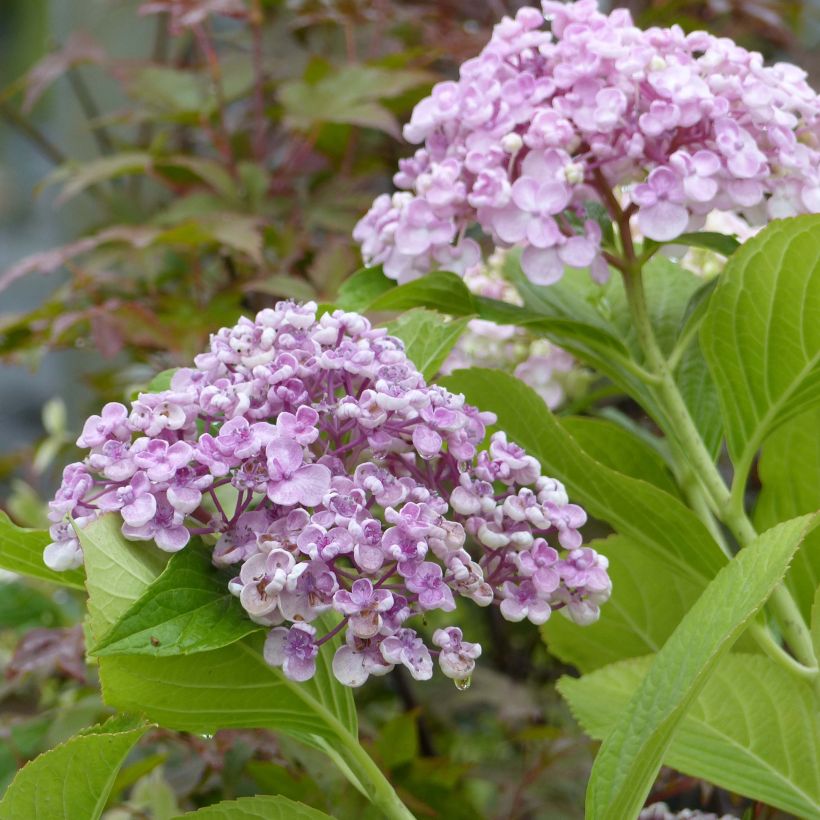

Plant habit
Flowering
Foliage
Botanical data
Hydrangea
macrophylla
Ayesha
Hydrangeaceae
Bigleaf Hydrangea, French Hydrangea, Mophead Hydrangea
Cultivar or hybrid
Other Hydrangea Macrophylla
Planting and care
Plant in spring or early autumn, in a shady or partially shady location, for example against an east-facing wall, or even north-facing. Protect it from cold and drying winds. It appreciates deep, moist but well-drained soil, fairly fertile, possibly enriched with a good base fertiliser before planting. It does not tolerate limestone. If the soil is dry at the base of the wall, place the root ball at least 30 cm to 40 cm (11.8 in to 15.7 in) away from the base of the wall and incorporate a quantity of well-decomposed compost to better retain moisture in the soil. Very hardy, it can be planted in cold regions but protect it during winter with a 5 cm (2 in) thick mulch. As for pruning, remove faded flowers on the first bud or on the pair of buds directly below. Cut back a quarter or a third of the oldest stems at the base, when the plant is mature, to promote the formation of new shoots. Carry out this pruning every year during the months of March and April, after the last frost. Guide the young shoots onto the support to distribute them evenly. They will then attach themselves.
Planting period
Intended location
Care
-
, onOrder confirmed
Reply from on Promesse de fleurs
Summer-flowering shrubs
Haven't found what you were looking for?
Hardiness is the lowest winter temperature a plant can endure without suffering serious damage or even dying. However, hardiness is affected by location (a sheltered area, such as a patio), protection (winter cover) and soil type (hardiness is improved by well-drained soil).

Photo Sharing Terms & Conditions
In order to encourage gardeners to interact and share their experiences, Promesse de fleurs offers various media enabling content to be uploaded onto its Site - in particular via the ‘Photo sharing’ module.
The User agrees to refrain from:
- Posting any content that is illegal, prejudicial, insulting, racist, inciteful to hatred, revisionist, contrary to public decency, that infringes on privacy or on the privacy rights of third parties, in particular the publicity rights of persons and goods, intellectual property rights, or the right to privacy.
- Submitting content on behalf of a third party;
- Impersonate the identity of a third party and/or publish any personal information about a third party;
In general, the User undertakes to refrain from any unethical behaviour.
All Content (in particular text, comments, files, images, photos, videos, creative works, etc.), which may be subject to property or intellectual property rights, image or other private rights, shall remain the property of the User, subject to the limited rights granted by the terms of the licence granted by Promesse de fleurs as stated below. Users are at liberty to publish or not to publish such Content on the Site, notably via the ‘Photo Sharing’ facility, and accept that this Content shall be made public and freely accessible, notably on the Internet.
Users further acknowledge, undertake to have ,and guarantee that they hold all necessary rights and permissions to publish such material on the Site, in particular with regard to the legislation in force pertaining to any privacy, property, intellectual property, image, or contractual rights, or rights of any other nature. By publishing such Content on the Site, Users acknowledge accepting full liability as publishers of the Content within the meaning of the law, and grant Promesse de fleurs, free of charge, an inclusive, worldwide licence for the said Content for the entire duration of its publication, including all reproduction, representation, up/downloading, displaying, performing, transmission, and storage rights.
Users also grant permission for their name to be linked to the Content and accept that this link may not always be made available.
By engaging in posting material, Users consent to their Content becoming automatically accessible on the Internet, in particular on other sites and/or blogs and/or web pages of the Promesse de fleurs site, including in particular social pages and the Promesse de fleurs catalogue.
Users may secure the removal of entrusted content free of charge by issuing a simple request via our contact form.
The flowering period indicated on our website applies to countries and regions located in USDA zone 8 (France, the United Kingdom, Ireland, the Netherlands, etc.)
It will vary according to where you live:
- In zones 9 to 10 (Italy, Spain, Greece, etc.), flowering will occur about 2 to 4 weeks earlier.
- In zones 6 to 7 (Germany, Poland, Slovenia, and lower mountainous regions), flowering will be delayed by 2 to 3 weeks.
- In zone 5 (Central Europe, Scandinavia), blooming will be delayed by 3 to 5 weeks.
In temperate climates, pruning of spring-flowering shrubs (forsythia, spireas, etc.) should be done just after flowering.
Pruning of summer-flowering shrubs (Indian Lilac, Perovskia, etc.) can be done in winter or spring.
In cold regions as well as with frost-sensitive plants, avoid pruning too early when severe frosts may still occur.
The planting period indicated on our website applies to countries and regions located in USDA zone 8 (France, United Kingdom, Ireland, Netherlands).
It will vary according to where you live:
- In Mediterranean zones (Marseille, Madrid, Milan, etc.), autumn and winter are the best planting periods.
- In continental zones (Strasbourg, Munich, Vienna, etc.), delay planting by 2 to 3 weeks in spring and bring it forward by 2 to 4 weeks in autumn.
- In mountainous regions (the Alps, Pyrenees, Carpathians, etc.), it is best to plant in late spring (May-June) or late summer (August-September).
The harvesting period indicated on our website applies to countries and regions in USDA zone 8 (France, England, Ireland, the Netherlands).
In colder areas (Scandinavia, Poland, Austria...) fruit and vegetable harvests are likely to be delayed by 3-4 weeks.
In warmer areas (Italy, Spain, Greece, etc.), harvesting will probably take place earlier, depending on weather conditions.
The sowing periods indicated on our website apply to countries and regions within USDA Zone 8 (France, UK, Ireland, Netherlands).
In colder areas (Scandinavia, Poland, Austria...), delay any outdoor sowing by 3-4 weeks, or sow under glass.
In warmer climes (Italy, Spain, Greece, etc.), bring outdoor sowing forward by a few weeks.

































